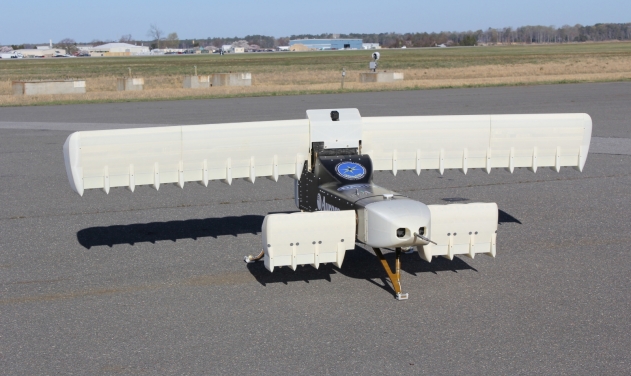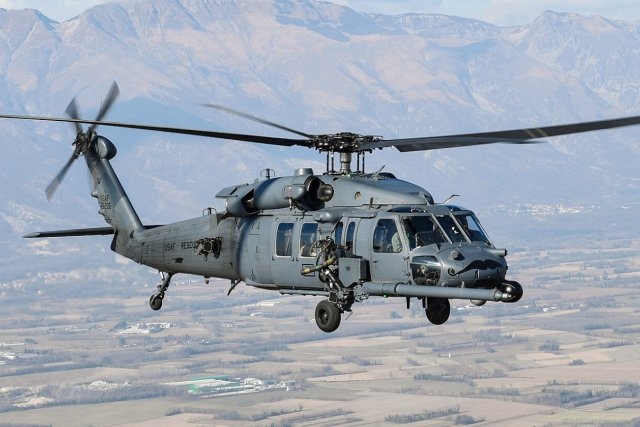US Army Explores Collaboration With Aurora On Unmanned Aviation Tech
_1503492714.jpg)
The US Army is looking to partner with an engineering firm, Aurora Flight Sciences to jointly develop and manufacture high-speed, high-endurance and high-payload capabilities for vertical lift platforms.
The engineering firm hosted a visit from U.S. Army Research Laboratory aerospace engineers Aug. 15. Earlier this summer, officials from the company visited the Army's research facilities at Aberdeen Proving Ground, Maryland. A.
"It's going to fundamentally change how we look at rotorcraft," said Dr. Rajneesh Singh, an acting division chief in the laboratory's Vehicle Technology Directorate. "In addition to its very innovative, unique design, it has several subsystem technologies that in themselves would lead to huge performance gains even for traditional rotorcraft".
The US Department of Defense has already invested funding in Aurora's unique technologies. In 2016, the Defense Advanced Research Projects Agency, or DARPA, awarded Aurora a contract to build a prototype of its LightningStrike aircraft, an unmanned, hybrid propulsion aircraft capable of vertical take-off and landing.
The "unorthodox unmanned aircraft would push the limits of technology to combine plane-like speed and helicopter-like agility into one breakthrough vehicle," according to the DARPA website.
Singh said Aurora has developed an "out-of-the-box solution to overcome the challenges of vertical flight platforms".
Aurora is also working on Naval and marine projects to create an autonomous flight system that can be retrofitted to existing aircraft. The system would give a Marine on the ground "the ability to request a supply delivery via helicopter, which flies to their location with minimal human assistance and autonomously land in an austere, possibly hostile landing zone," according to Aurora officials.
Singh said the next step is to explore a CRADA, or cooperative research and development agreement, which is an agreement between a government agency and a private company to work together on R&D.
The two organizations hope to move forward on the partnership. After initial discussions, Aurora provided white papers for the Army to review.
"We'll identify individual areas for each party to contribute and then develop a CRADA mechanism to identify individual responsibilities," Singh said. "We'll work together to create a plan to continue advancing the work that has been done with the significant DOD investment".











